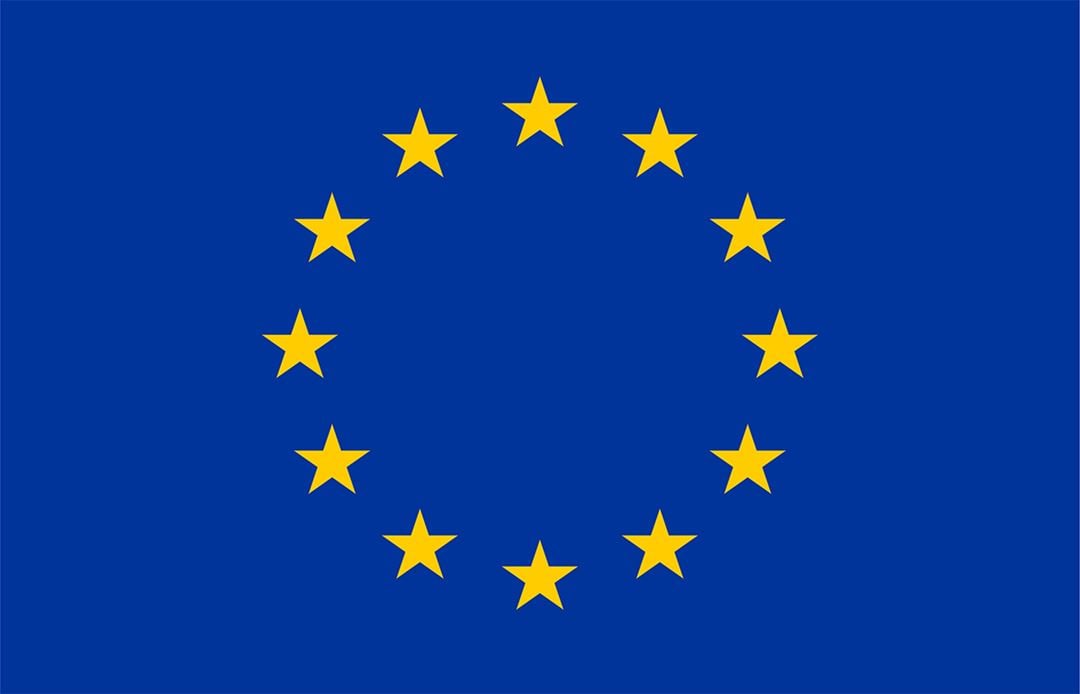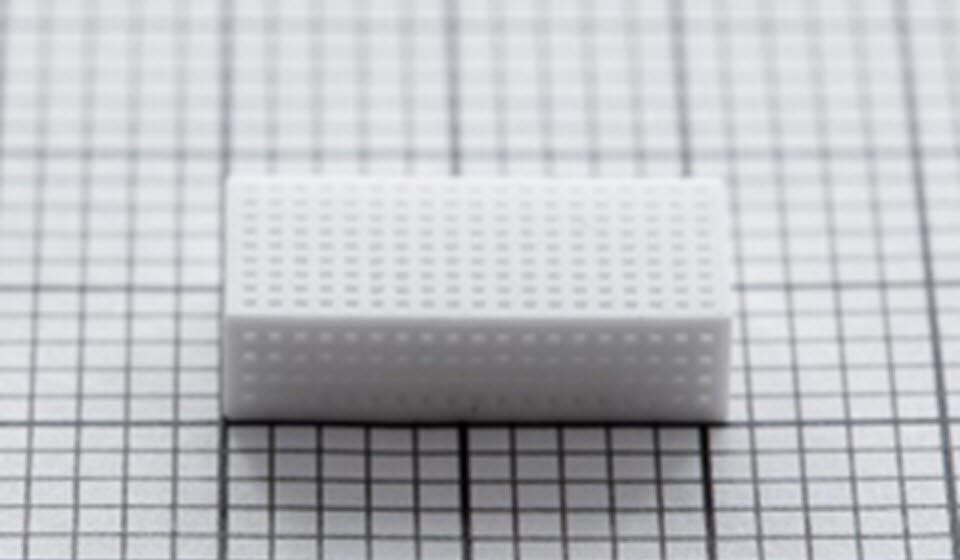Europe has a large number of SMEs and industry that apply ultrasonic technology in their products and services, ranging from medical imaging to pipeline inspection and ship positioning. With few exceptions, the ultrasound waves are generated and received by discs, slabs or arrays made of piezoelectric ceramics. The 3D-PIEZO project aims to give these companies access to inexpensive 3D manufacturing of high performance, environmentally sound piezoelectric materials. Additive manufacturing can produce piezoelectric devices of different complex shapes and sizes, which are not attainable by other production techniques. This could in turn open up new possibilities when designing the arrays of the piezoelectric ceramics in the transducers. Having greater freedom in achievable geometries can potentially offer significant improvements in the performance of many devices.
Additive Manufacturing (AM) is a rapidly growing set of technologies that is becoming increasingly important as part of the transformation to future advanced industrial production – "Industry 4.0". So far, the emphasis has been on 3D printing of a few varieties of metals and polymers, but there is an increasing interest in more complex application areas and new material types, including advanced ceramics.
SINTEF has joined forces with the small companies Ceramic Powder Technology AS (Cerpotech) in Norway and Cerhum S.A. in Belgium to develop additive manufacturing of lead-free ultrasound materials. Cerpotech is an SME specialized in the production of advanced ceramic oxide materials, and in particular lead-free piezoceramics. Cerhum S.A. is an expert in 3D printing of ceramic components with complicated shapes. SINTEF applies multilayer lamination, a method used for components with internal electrodes suitable for applications requiring low driving voltage.
EU is working to get lead out of electronics and other products. The RoHS directive – "Restriction of Hazardous Substances in Electrical and Electronic Equipment" – prohibits the use of lead in ordinary electronics. But for the ultrasound materials, an exception has been granted - so far. EU is working on a revision of the RoHS directive and it is unclear how long ultrasound materials will retain the permission to use lead. Therefore, there is great interest in research to find replacements for the lead-containing piezoelectric materials. The 3D-PIEZO project applies optimised versions of two different lead-free materials: bismuth sodium titanate (BNT) and potassium sodium niobate (KNN).

3D-PIEZO is a two-year project starting in February 2019 with a budget of 1 million EUR. It is supported by the European Commission and the Research Council of Norway through the Era-Net program MANUNET.

Project partners:
Relevant projects:
